|
Baltic amber is a specific subset of amber that is
found only in northern Europe: it accounts for some 80% of the known
amber in the world. Between 35 and 50 million years ago, sap oozed out
from a forest of conifers (probably either false larch or kauri) in the
region now covered by the Baltic Sea, and eventually hardened into clear
lumps. Shoved around northern Europe by glaciers and river channels,
lumps of genuine Baltic amber can still be found today on the eastern
coasts of England and Holland, throughout Poland, Scandinavia and
northern Germany and much of western Russia and the Baltic states. About
90% of the world’s extractable amber is still located in the Kaliningrad
Region of Russia on the Baltic Sea (which was previously Königsberg in
Prussia, before World War II).
|
|
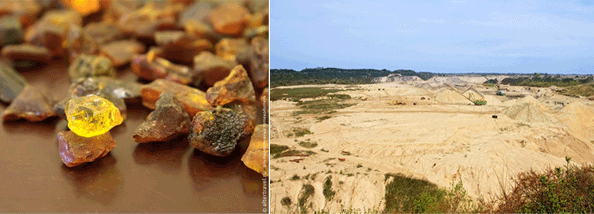 |
|
By the time the Russian army entered Prussia, Germans had stopped
extracting amber so they had to restore the pit and build new
infrastructure. Thus, in June, 1948, it was put into operation. In 1960,
they opened a new pit but due to some projecting mistakes they had to
keep on working at the old one even though it was officially closed in
1972.
A new pit. It opened in 1976.At first, they dug a 50 to 60 meter deep
pit and then began to pan out amber from the botton of the pit. A worker
washes off the upper layer of the dead rock with a water-jet which later
gets pumped over into the sea.After that, with a dragline crane, they
remove a thin layer of the dead rock which covers blue earth.Finally,
the amber ground gets piped to the concentrating mill for further
treatment.
|
|
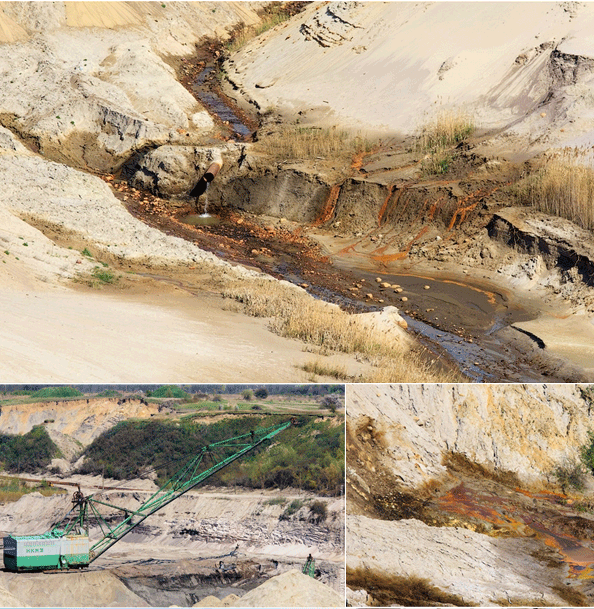
|
|
This is an old German pit which is now flooded. Its water is really
clean and some oligarchs from Moscow have their cottages on its
shores.The pit Anna was opened by Germans in 1871 and had worked up to
1924.
At the factory there is a close check after each employee because there
were times when workers did not receive their wages and had to steel
things from the factory. Now, they are trying to break this bad habit.
|
|
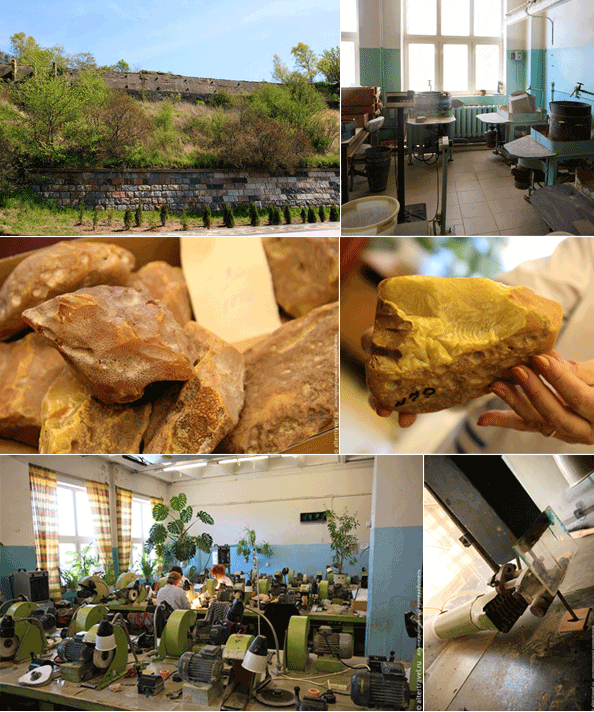
|
|
And sort them out depending on their size.Here they cut stones…
To become a part of a necklace or something. Apart from jewelry, amber
is used as an ingredient in perfumes and as a healing agent in folk
medicine.
|
|
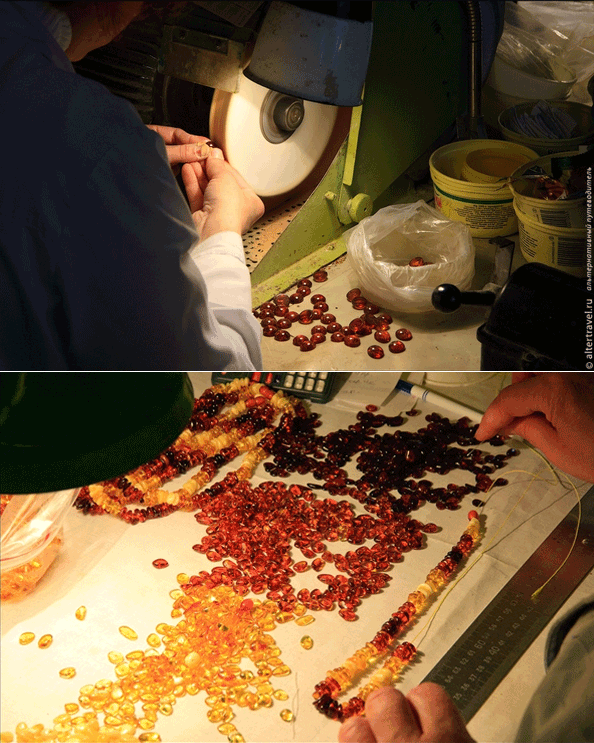 |
|
In the museum you can see a huge exhibit collection which is going to
get even bigger by the way, because they want to attract tourists to
this place.
The biggest stones are numbered and priced. This one, for example, has a
weight od 2.4 kg and costs 3600 $.
|
|
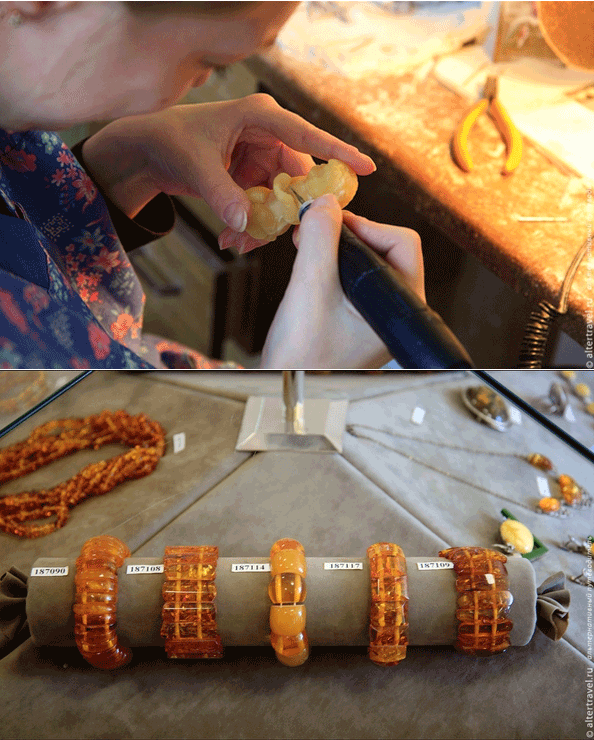 |